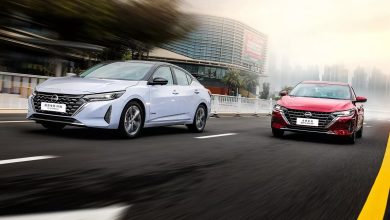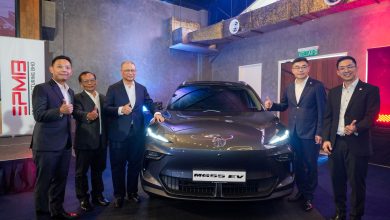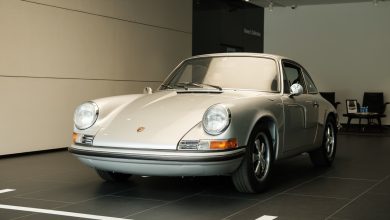Volvo To Allow Third Party Development Of In-Car Apps
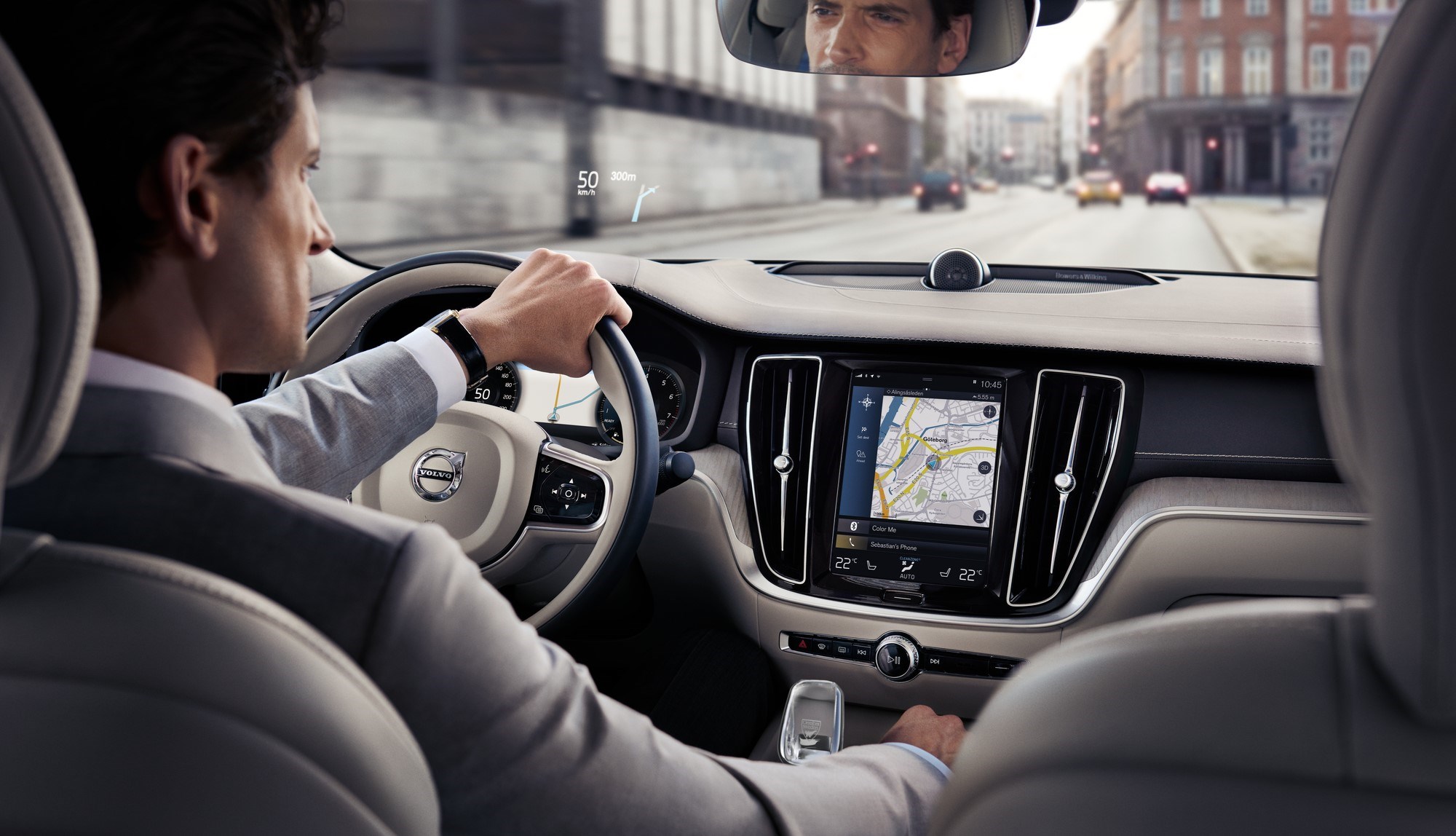
The smartphone age is among the auto world with the new Innovation Portal by Volvo.
When talking about in-car infotainment innovation, Volvo isn’t typically the automaker that springs to mind as being at the forefront of this particular segment. That said though, the Swedish automaker has actually made some remarkable strides in this area over the last couple of years.
Volvo for instance, was one of the first automakers to employ the large central portrait screen concepts in their cars right after Tesla and way before any of the other automakers. Additionally, the Scandinavian marque was one of the first to engage with Google to build a custom Android in-car operating system.

Recently though, the company has taken the idea of in-car infotainment technology one step further by opening its infotainment system to third-party app development. Through its newly launched Innovation Portal, what this essentially means is that the infotainment of future Volvo cars would function much like what a smartphone, with a vast array of different apps that are personalised to the user’s (or in this case driver’s) needs and fancies.
Likened somewhat Apple’s Xcode app development suite, Volvo’s Innovation Portal includes a ‘so-called emulator that recreates the Android Automotive Operating System and Google apps’. Much like how Android works for Samsung, Xiaomi, Motorola and a range of other phones, this in essence allows for app developers being able to easily design, develop, test and publish apps directly on Google Play for Volvo.

While this will certainly lead to many apps working better natively in Volvo’s in-car infotainment system instead of having to go through the hassle of Apple CarPlay or Android Auto, the bigger deal here regarding this new Innovation Portal is that Volvo is offering its API (Application Programming Interface) for developers to tinker around with in the form of the Extended Vehicle API.
The above sentence may seem like a garbled word salad, but in lay-man terms it means that developers can (with the user’s consent) access the car’s dashboard data, such as charge/fuel level and distance travelled to better build more functional driving-information related applications.
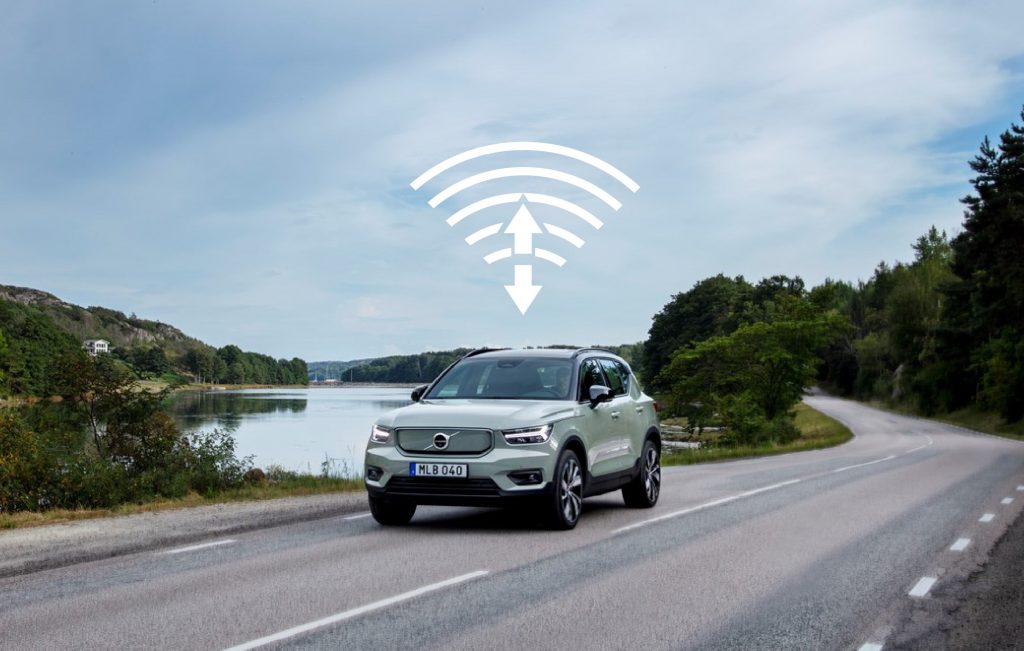
That is not all too as Volvo has LiDAR dataset and a downloadable production 3D car model of the fully electric XC40 Recharge in Unity to further aid/entice developers to develop applications through its Innovation Portal. According to the automaker, more features will also be added to the development suite in due course to further assist in the development of apps for future cars.
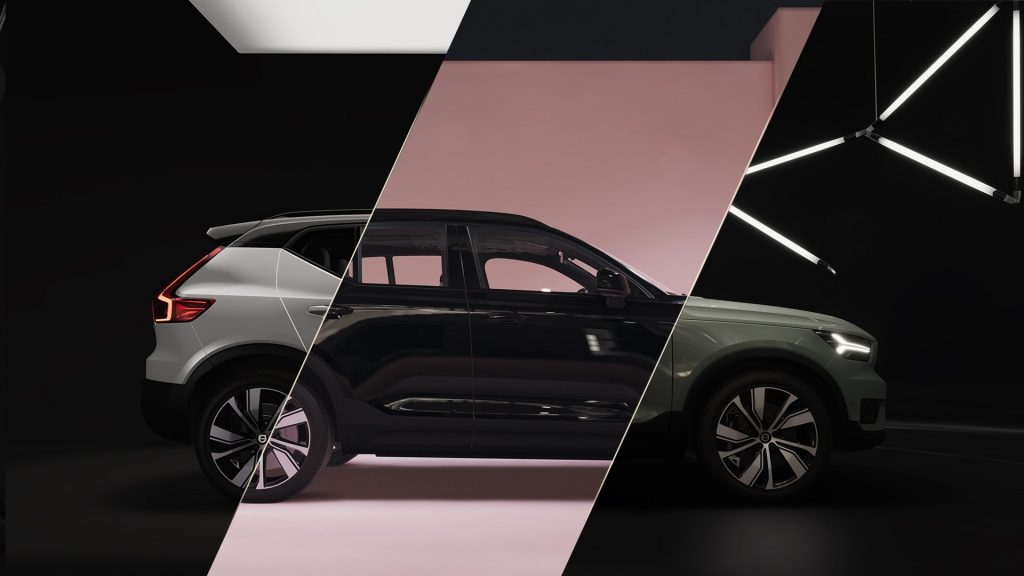
Historically, the infotainment systems in cars have been severely locked down by automakers. This was for fear of either legal liabilities, or just (cynically) because many automakers thought the could do better than the millions of individual app developers worldwide.
Happily however, there is hope that Volvo’s new Innovation Portal would shine a light into the fact that automakers could perhaps actually benefit from allowing third-party development of apps. The smartphone after all wouldn’t be nearly as useful or versatile if it wasn’t for the vast array of apps on offer, so perhaps it would be the same for cars too.

PRESS RELEASE: A vast offer of high-quality apps, easier and more convenient ownership, and even safer cars: these are among the ambitions that Volvo Cars wants to achieve with its newly launched Innovation Portal.
The portal makes a broad variety of resources and tools available for free, allowing external developers to create new innovative services and in-car apps.
With the help of a wider development of software and services for its products, Volvo Cars aims to greatly increase the possibilities for its customers to make their Volvo cars more personal.
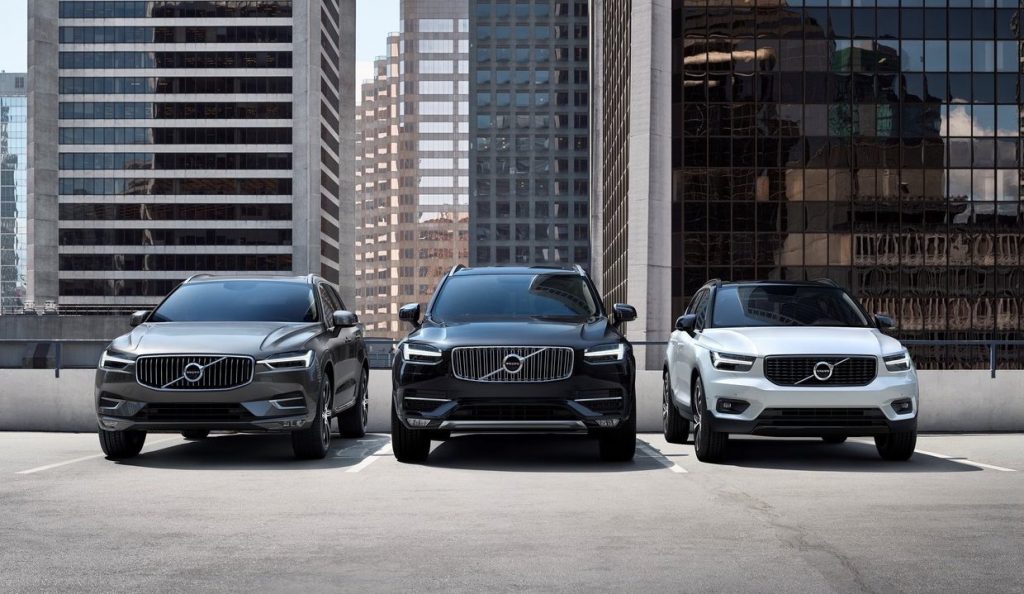
The portal’s resources are not only useful for developers, but also for researchers, smart-home tinkerers and computer-savvy artists. By making these available, Volvo Cars continues its long tradition of sharing knowledge and research to contribute to safer roads for all.
“Our cars are becoming increasingly smarter and more connected, and with that comes a growing demand for apps and services among our customers,” said Henrik Green, chief technology officer at Volvo Cars. “By making these resources publicly available, we support developers in- and outside our company, and collaborate with the best of the best in their fields.”
The resources available on the Innovation Portal include a so-called emulator that recreates the Android Automotive Operating System and Google apps used in new Volvos, providing developers with an accurate in-car experience of the system on their computer. This emulator is a helpful tool in supporting app developers to design, develop, test and publish apps directly on Google Play in the car.
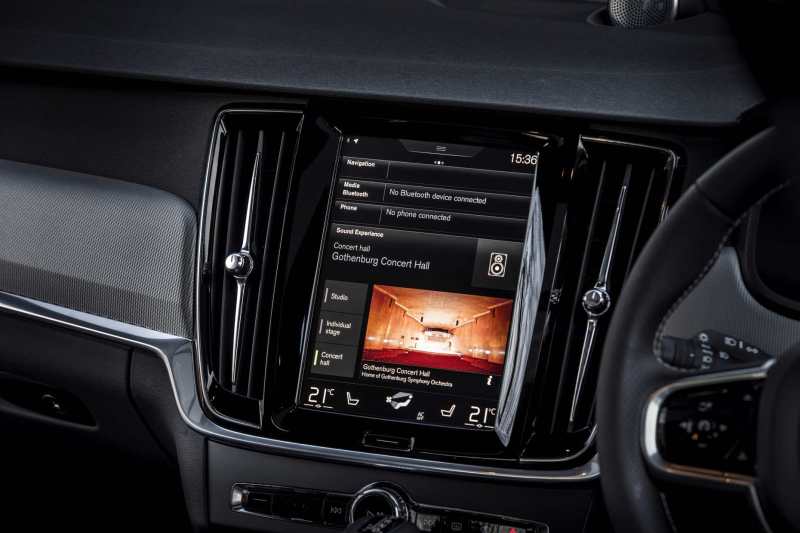
The platform will also feature the Extended Vehicle API, marking the first time Volvo Cars offers an API to the public.
With customers’ consent, the API allows developers and other third parties to access car dashboard data, such as charge/fuel level and distance travelled, and use it to build and provide new services. Additional data and data sources will be made available over time.
Other resources include a LiDAR dataset and a downloadable production 3D car model of the fully electric Volvo XC40 Recharge.
The LiDAR dataset is released together with Luminar, the global leader in automotive LiDAR hardware and software technology, and Duke University. It has been created using Luminar’s high performance LiDAR sensors, which detect objects around the car up to 250 metres away by scanning the environment with pulses of laser lights.
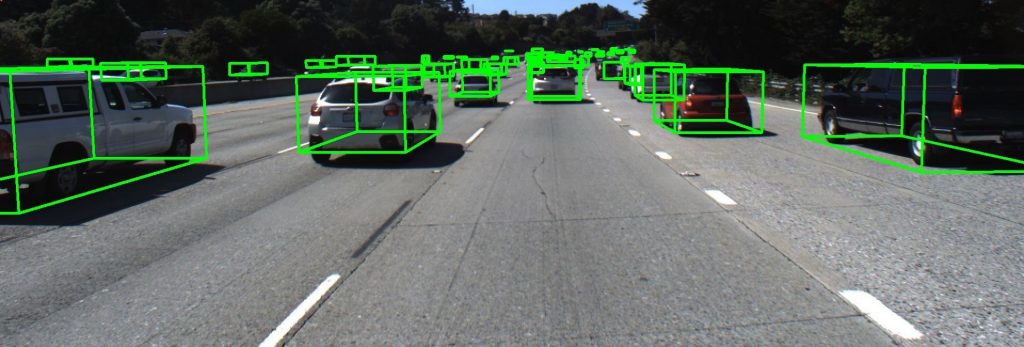
This dataset can help researchers to improve algorithms related to long range LiDAR detection, a crucial element to create autonomous cars that are safe at high speeds and in complex traffic environments.
The high-fidelity 3D car model is developed in collaboration with Unity, the company behind the world’s leading platform for creating and operating real-time 3D content. Unity is used by creators ranging from game developers to artists, architects, filmmakers and automotive designers.
The car model and an accompanying 3D environment are suitable for use in visualisation applications, virtual reality, cinematic experiences and car configurators. These resources are also available as base tools on Unity’s developer hub, where millions of Unity users get access to tutorials on how to use the template.
The Innovation Portal will grow continuously with more and more resources added over time. Within the next few months, a fully functional 3D car model will be released. It will feature digital replications of the car’s physical sensors, allowing users to test sensor data for research and education purposes. Developers will also be able to use the model to build new functions and services.


